For Education Leaders
Get proven strategies and expert analysis from the host of the Learning Can't Wait podcast, delivered straight to your inbox.
Attendance Management
Tackle Chronic Absenteeism
- Early alerts + personalized interventions
- Family outreach & academic catch-up
- Real-time dashboards that prove ROI
Solutions to Retaining Teachers in Urban Schools

According to the Learning Policy Institute (2017), nearly one in five teachers in high-poverty urban schools leaves each year, a rate 50% higher than in affluent schools. This revolving door of educators undermines student achievement, school culture, and district budgets, while placing greater strain on remaining teachers.
Teacher retention in urban settings is complex but not insurmountable. Generic quick-fix approaches fall short. Addressing this crisis requires a strategic and multi-faceted approach that acknowledges urban education pressures while building supportive systems. This guide explores proven solutions to retaining teachers in urban schools, moving beyond temporary fixes to establish environments where teachers can thrive both professionally and personally long-term.
Why Teacher Retention is a Unique Challenge
Effective teacher retention strategies require acknowledging that urban school environments present unique challenges. Understanding these challenges is essential to addressing the root causes of high turnover.
Resource disparities drive retention issues. Urban schools in low-income areas have significantly less per-pupil funding than suburban counterparts. This leads to larger class sizes, with some classes(over 30 students), outdated textbooks and technology, and poorly maintained facilities. These deficiencies frustrate dedicated educators and send the message that their work isn’t valued enough to be properly resourced.
Urban schools serve higher concentrations of students with acute needs. According to the National Center for Education Statistics (2022), urban schools serve higher percentages of students experiencing poverty, homelessness, and food insecurity. They also educate more English language learners and students with disabilities. These students are capable of academic success, but they require additional support, differentiated instruction, and intensive relationship-building. All demanding greater pedagogical skill and emotional labor from their teachers.
External factors beyond the classroom complicate the urban teaching experience. Community challenges like violence, housing instability, and limited healthcare access create stressors that enter the school environment. At the same time, teachers in large urban districts feel constrained by bureaucratic requirements, standardized testing pressures, and limited decision-making power. This perceived lack of autonomy emerges in exit interviews as a significant departure factor.
The Cost of High Teacher Turnover
Teacher attrition carries significant costs that are often underestimated and that directly affect your budget and educational goals, beyond morale.
The Financial Drain
According to the Learning Policy Institute (2019), replacing teachers is costly, averaging $20,000 to $21,000 per departing teacher in urban districts. This figure includes:
- Recruitment Costs: These include advertising positions, attending job fairs, and the staff time that is for screening applications.
- Hiring Costs: Interviews, background checks, and onboarding.
- Training Costs: Implementing induction programs, providing professional development and mentoring new hires.
For a mid-sized urban district losing 200 teachers annually, this represents about $4 million that could be invested in educational improvements instead.
The Educational and Cultural Deficit
The non-financial costs of high turnover are damaging to your school's core mission:
- Loss of Institutional Knowledge: Experienced teachers possess invaluable understanding of school culture, community context, and the specific learning needs of students.
- Disrupted Student Learning: Research from Brown University's Annenberg Institute (2021) found that constant teacher change negatively impacts student achievement. This effect is especially in mathematics and language arts.
- Damaged School Culture: High turnover erodes staff trust, disrupts teams, and creates instability. This instability makes building a cohesive community impossible.
Pillar 1: Building Strong and Supportive Leadership
Research shows that the most important factor in a teacher's decision to stay or leave a school is the quality of its leadership. A 2019 RAND Corporation study found that administrative support was more predictive of retention than salary, student demographics, or working conditions. However, this critical element is often overlooked in retention discussions.
Supportive leadership in urban schools goes beyond an "open door policy." It involves actions that demonstrate commitment to teachers' success and wellbeing, including frequent, constructive, and non-evaluative feedback focused on growth. Effective principals protect teachers' instructional time by limiting interruptions, streamlining meetings, and buffering staff from excessive demands from district offices or external stakeholders. Most importantly, they visibly and vocally support teachers in interactions with students, parents, and the community by sending the message that "we're in this together."
Supporting new teachers is critical due to high attrition rates. Comprehensive induction programs beyond a one-day orientation impact retention. The New Teacher Center's research (2021) indicates multi-year mentorship programs with trained veteran teachers, reduced teaching loads for first-year educators, and structured planning time with other new teachers can reduce first-year turnover by 50%. These investments create a stable and experienced faculty.
Pillar 2: Investing in Meaningful Professional Growth
Like all professionals, teachers want to master their craft and continue developing throughout their careers. Generic, compliance-driven professional development that fails to address their specific classroom challenges wastes time and signals that their growth is not a priority. Effective retention strategies involve ongoing, relevant, and teacher-driven professional learning opportunities.
This approach includes key components that create a culture of continuous improvement:
- Teacher Career Ladders: Create advancement pathways within the classroom through roles like mentor teacher, instructional coach, or curriculum lead. These positions provide increased responsibility, recognition, and supplemental pay, and they do not force talented educators to leave teaching for administration.
- Collaborative Learning: Structure protected time for Professional Learning Communities (PLCs) where teachers analyze student data, share successful strategies, and solve problems together. Research from the National Center on Education and the Economy (2022) shows that schools with strong collaborative structures have higher teacher retention rates.
- Personalized PD: Offer stipends or resources for teachers to pursue high-quality professional learning aligned with their goals and students' needs. This includes certifications in special education, trauma-informed practices, or advanced content knowledge.
Pillar 3: Offering Competitive and Creative Compensation
Research shows that teachers rarely cite salary as their primary reason for entering the profession, but uncompetitive pay will drive them away, particularly in high-cost urban areas. The Economic Policy Institute (2022) found that teachers nationally earn about 23% less than similarly educated professionals, with this gap often wider in urban districts. To prevent a "training ground" effect where novice teachers gain experience in their schools before leaving for better-paying positions, salaries must be competitive with surrounding districts.
Beyond base salary increases, differentiated compensation models provide nuanced retention approaches. These strategic investments include different forms of compensation:
- Stipends for leadership roles or for mentoring
- Bonuses for teaching in high-need subjects such as STEM, special education, or bilingual education.
- Housing assistance programs are valuable in high-cost cities. For example, Denver Public Schools' partnership with the city for discounted educator housing.
- Loan forgiveness programs for urban educators
- Comprehensive health insurance with low out-of-pocket costs appealing to younger teachers.
Pillar 4: Actively Solving for Workload and Burnout
Teacher burnout isn't a personal failing but a systemic issue created by unrealistic expectations and inadequate support. The "task saturation" facing urban educators is staggering because it involves lesson planning across multiple subjects, grading hundreds of assignments weekly, communicating with families, entering data into multiple systems, covering non-instructional duties, and meeting the academic and emotional needs of students. A 2023 RAND survey found that teachers report working 52-59 hour weeks, with higher figures in high-poverty urban schools.
Practical solutions for teacher burnout must focus on reducing non-instructional burdens. Administrators can make a significant impact by taking specific actions:
- Conduct a school-wide audit to identify redundant paperwork requirements.
- Deploying paraprofessionals or administrative staff to handle non-teaching duties such as lunch supervision, bus duty, and routine data entry.
- Protecting planning time, avoiding last-minute meeting additions or coverage requirements.
- Investing in high-quality curriculum and technology tools that help streamline planning and assessment.
Strategic partnerships can provide critical relief and act as powerful teacher staffing solutions for persistent challenges like hard-to-fill vacancies and overwhelming caseloads for specialized services.
How a Virtual Education Partner Can Reinforce Your Teaching Staff
A significant contributor to burnout is asking teachers to stretch beyond their capacity to cover vacancies or serve students with specialized needs. A partner like Fullmind can change the equation.
Fullmind helps districts by providing live, certified virtual educators:
- Instantly Fill Critical Vacancies: Staff hard-to-fill roles in advanced mathematics, world languages, or special education without a lengthy search. This reduces the burden on your existing team to cover those classes.
- Alleviate Caseload Pressure: Fulfill IEP and 504 requirements with certified virtual special education teachers to ensure compliance and give your on-site staff more manageable caseloads.
- Provide Targeted Student Support: Implement high-dosage tutoring or credit recovery programs led by virtual instructors. This approach frees up classroom teachers to focus on core instruction instead of extensive remediation.
This support doesn't just fill a gap. It improves working conditions for your entire faculty, making retention more achievable.
Conclusion
The four pillars: supportive leadership, meaningful professional growth, fair compensation, and manageable workload, form the foundation of any successful teacher retention initiative. None alone is sufficient; a comprehensive approach addressing all dimensions is required for lasting change. Improving retention is an ongoing commitment embedded in your district's culture and practices.
The most important investment in your educational community is implementing solutions to retain teachers in urban schools. Every dollar and hour spent on keeping effective teachers pays dividends through improved student outcomes, stronger school culture, and significant cost savings. By taking strategic action, you create conditions for teachers to develop their craft, build relationships with students and families, and become the stable and experienced core that every successful urban school needs.
For Education Leaders
Get proven strategies and expert analysis from the host of the Learning Can't Wait podcast, delivered straight to your inbox.
Let’s Work Together
We’ll review your application and get in touch!




.webp)

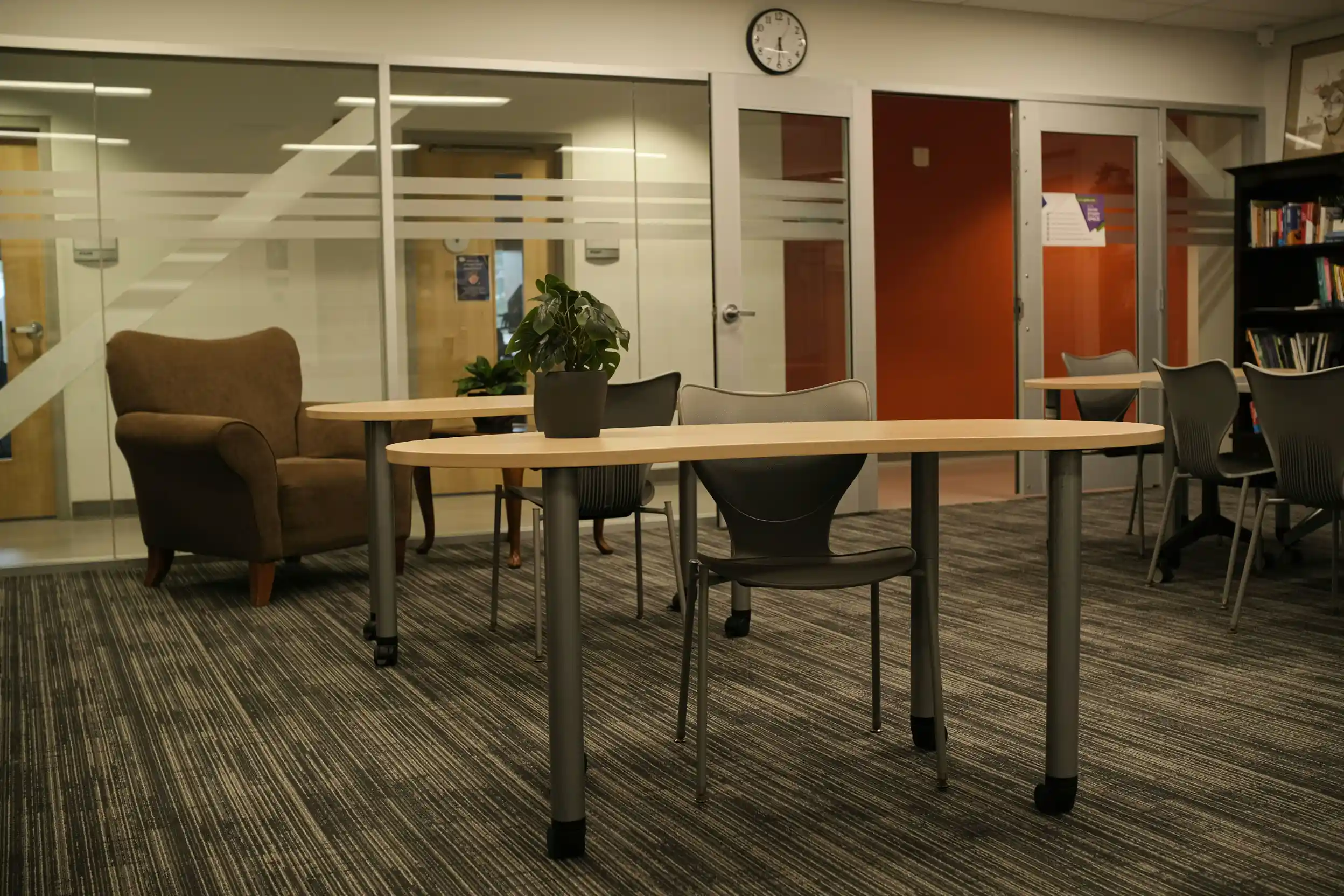











.webp)




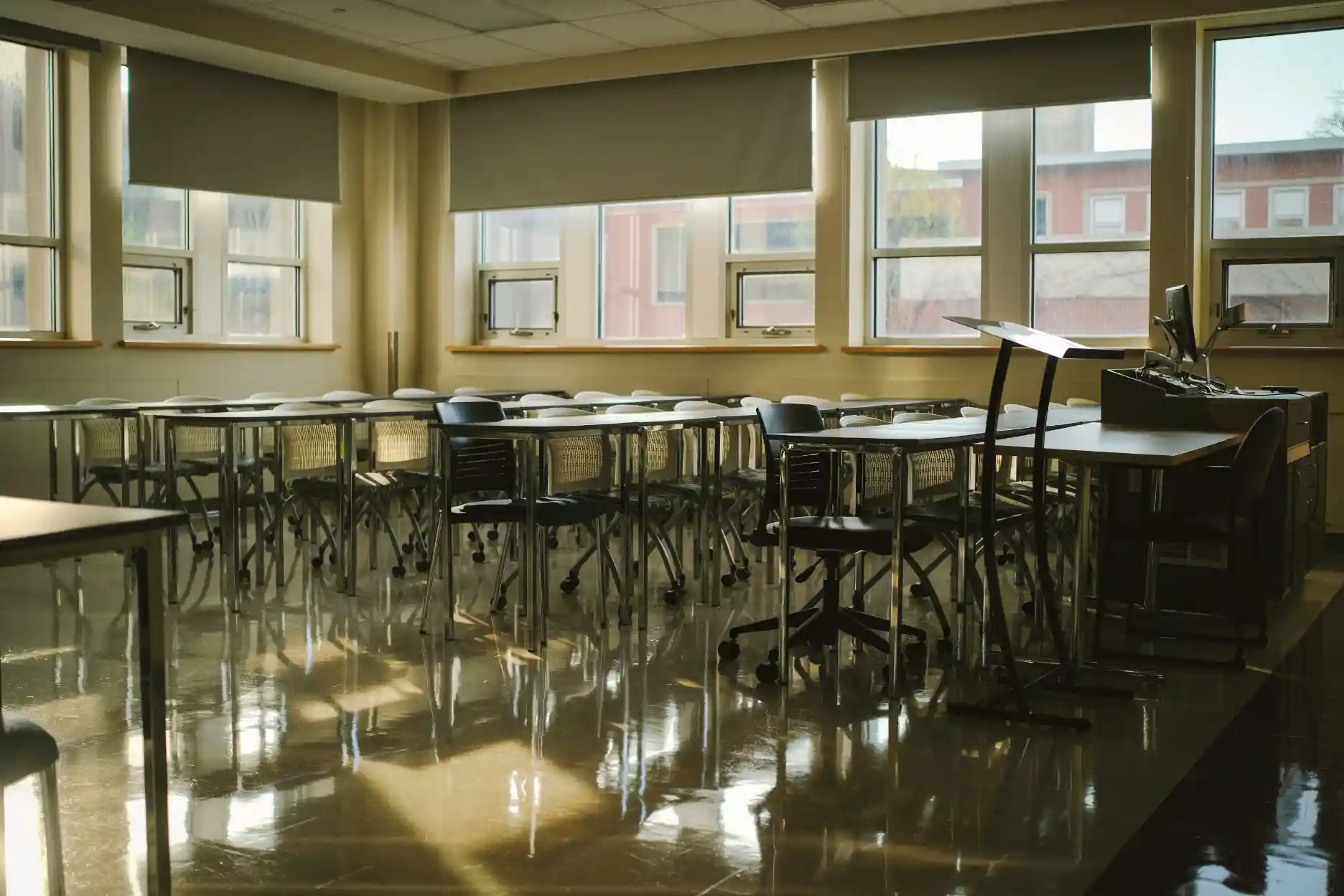



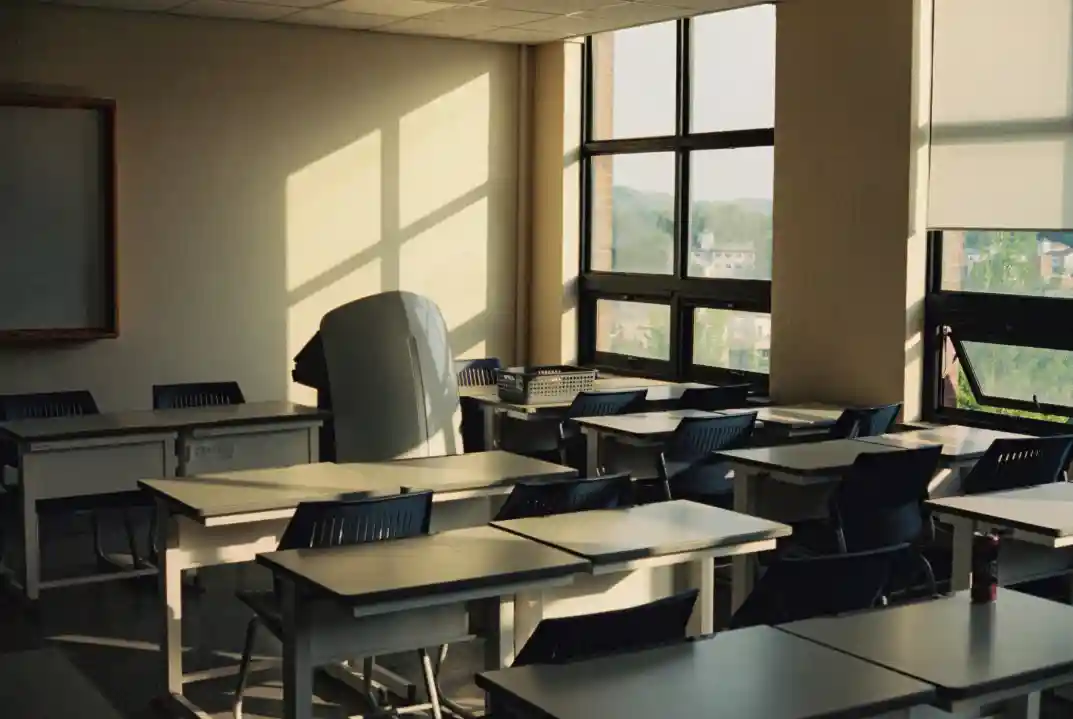





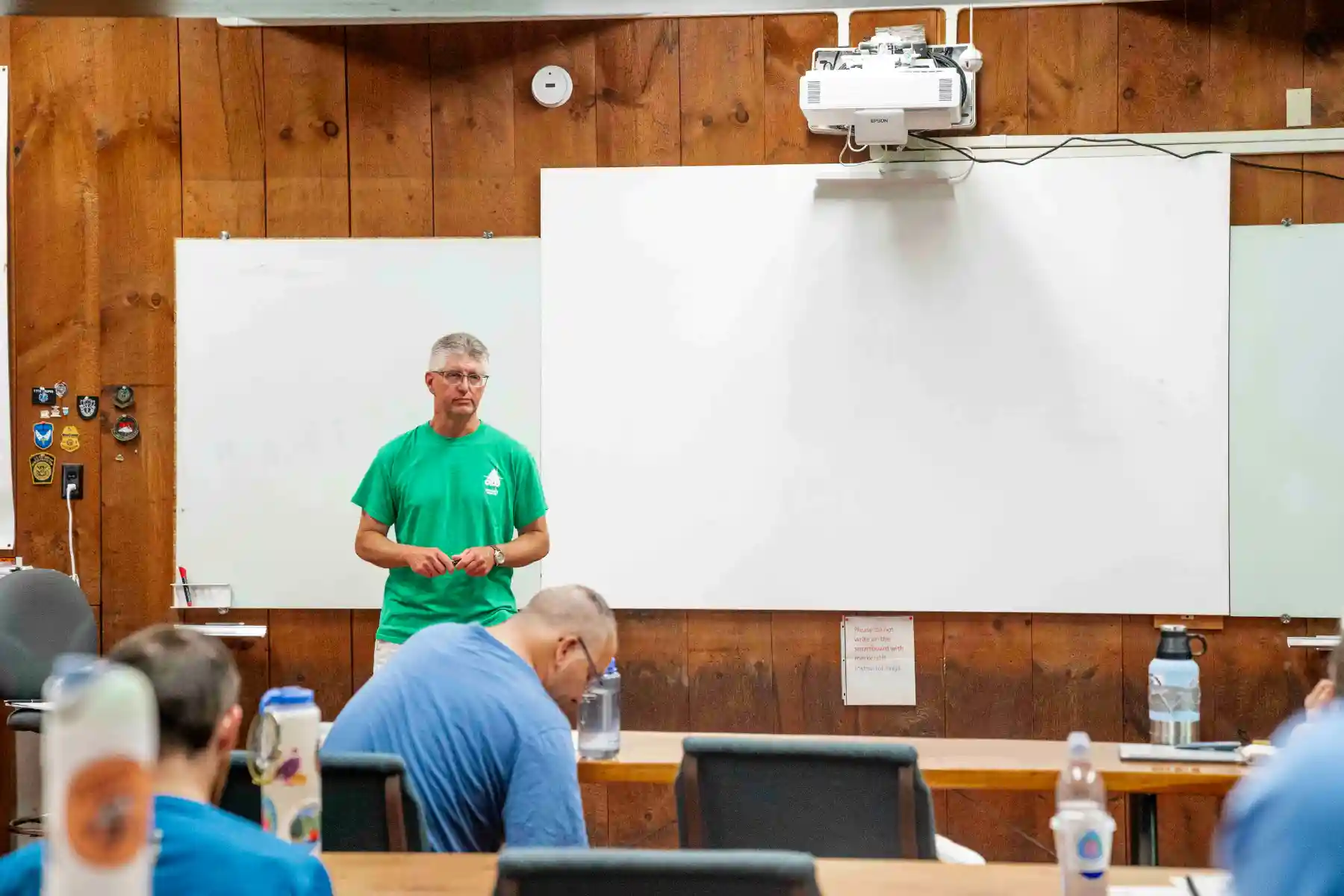











.webp)



%20.webp)





















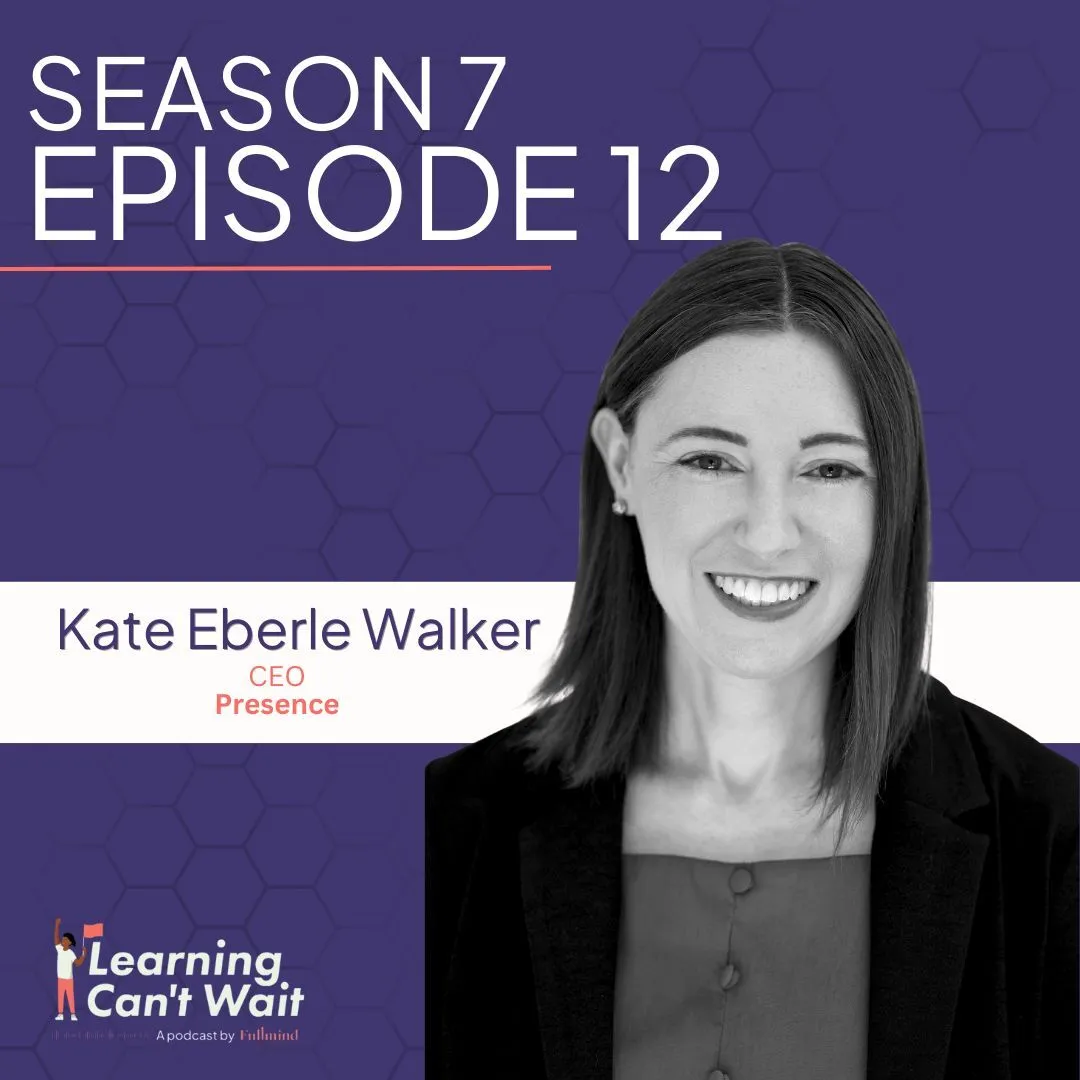















.webp)




.webp)


.webp)


.webp)
